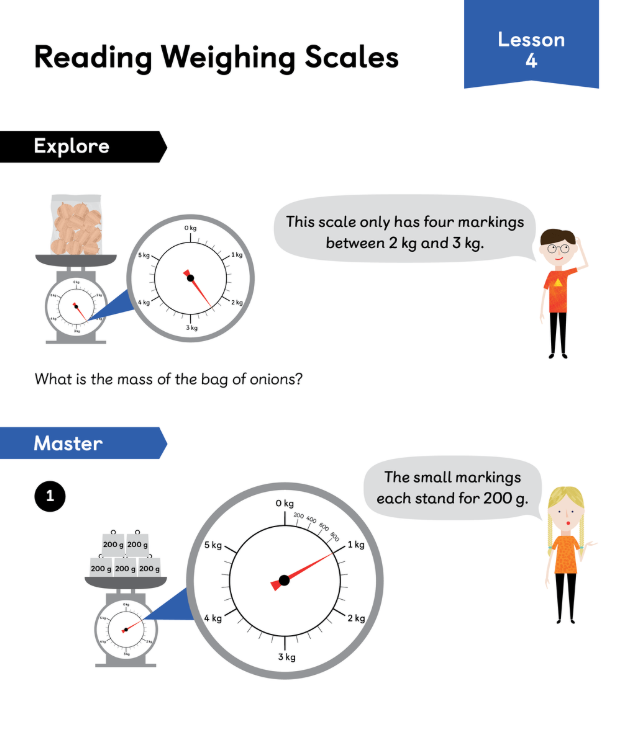Wednesday
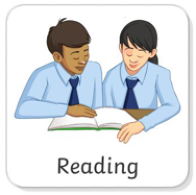
Reading
RIC
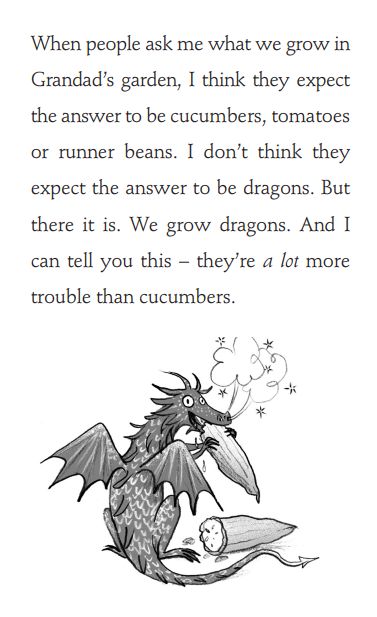
R - What do they grow in Grandad's garden?
I - Why might dragons be more trouble than cucumbers? Look at the image.
C - Where is the complex sentence? Can you spot the conjunction?
Wednesday 22nd January 2025
LC: Identify themes in a range of books.
What is a theme?
Theme can be found in poems, dramas, or stories.
The theme is the message or lesson the author wants you to learn from the story.
Where do you find a theme?
The theme is not always directly stated by the author.
Sometimes, as a reader, you will have to think about the events of the story to determine the theme.
When trying to determine the theme, ask yourself…
What was the problem in the story?
How did the characters respond to the problem?
How did the characters change throughout the story?
What did the characters learn in the story?
What did you learn as the reader?
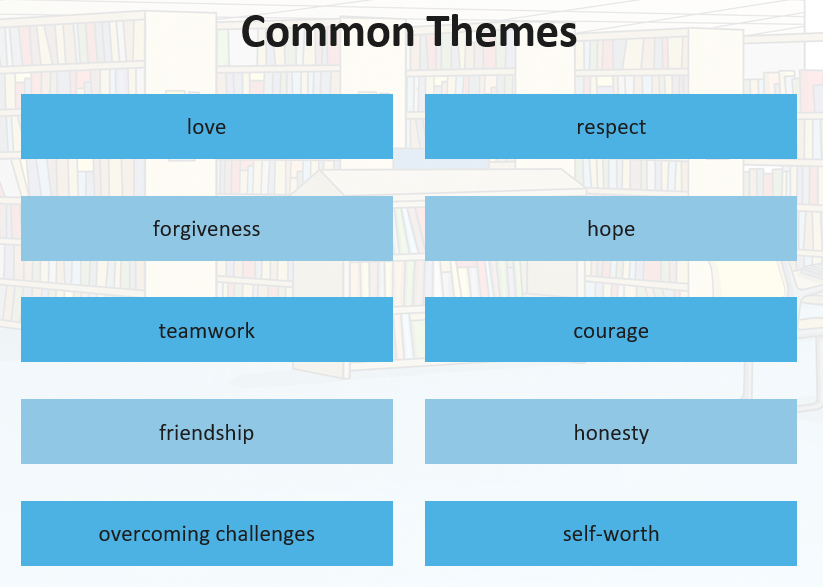
Let's look at some short stories and identify the themes.
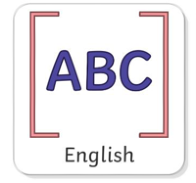
English
Wednesday 22nd January 2025
LC: To read aloud your own writing to a group or whole class.
Everyone should have completed their explanation booklet!
Before we put them in the Global Garden, we are going to show them to other children in the class and then read them aloud.
I am going to read my explanation booklet to you.
How did I read it? Could you hear every word?
What do you need to think of when you are reading your explanation text?
Activity
Groups of three:
1. Take turns showing your group members your booklets.
2. Read your explanation texts aloud with confidence.
Whole Class
Now that you have read your explanation text aloud, is there anything you would change?
Could you have added anything more?
What is the presentation like? Are some of the explanation texts hard to read?
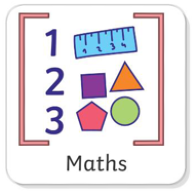
Maths
Wednesday 22nd January
LC: To be able to read weighing scales to determine mass in kilograms.
If five 200-g masses weigh 1 kg, where do they think the needle would be if we only had one 200-g mass? What about two, three or four? What does this tell us about each of the small markings?
